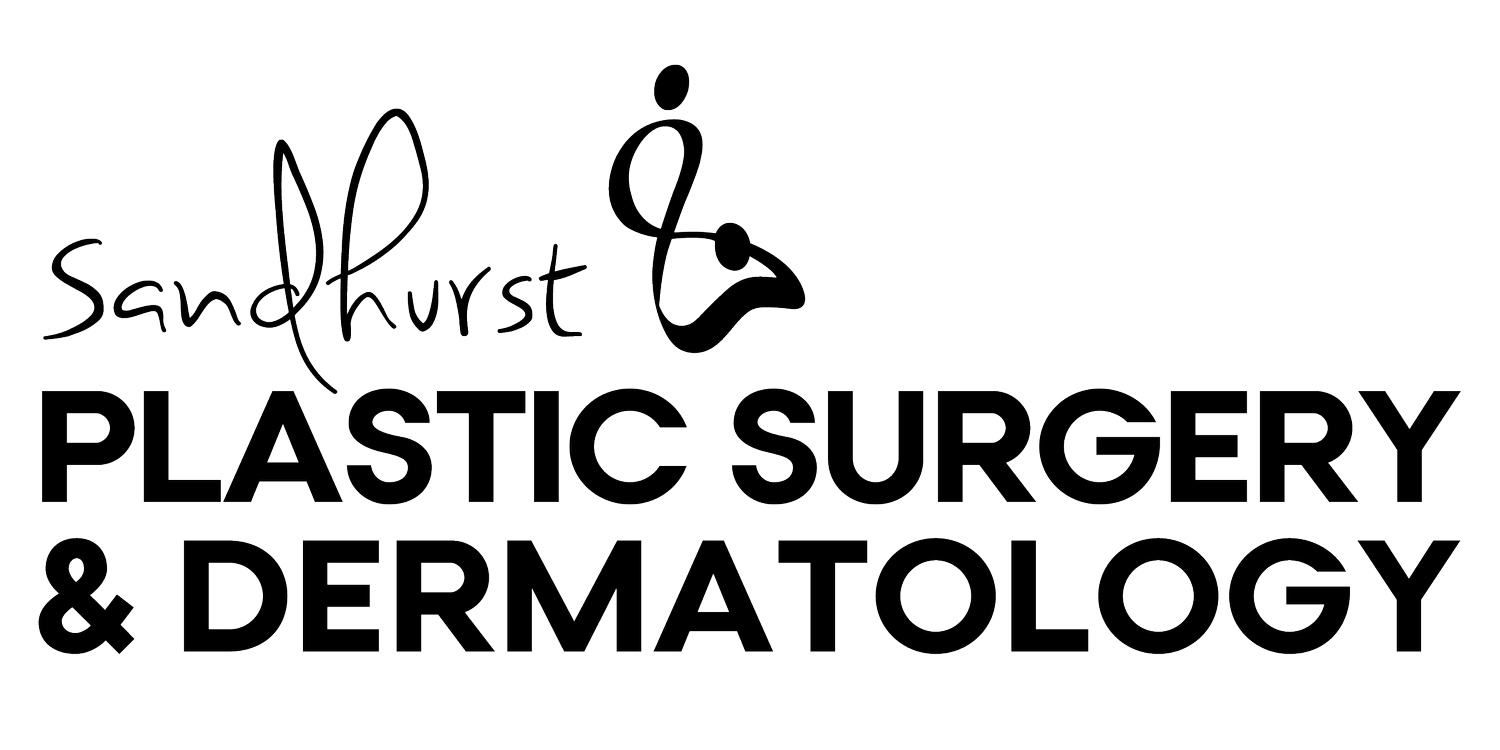Phytodynamic Therapy (PDT)
We are delighted to offer this advanced treatment that combines the power of a photosensitising agent called ALA (aminolevulinic acid) with targeted LED blue light.

Our Approach
This innovative therapy is designed to effectively address various skin concerns, including acne, sun damage, and uneven skin tone. Read on to learn more about Skin Photodynamic Therapy and how it can help you achieve clearer and healthier skin.

Our Phytodynamic Therapy
What is Skin Photodynamic Therapy?
Skin Photodynamic Therapy, also known as PDT, is a non-invasive treatment that utilizes the interaction between a photosensitizing agent and specific light wavelengths to target and treat skin conditions. In this therapy, a photosensitizing agent called ALA is applied to the skin and left to absorb. Once absorbed, the skin is exposed to LED blue light, activating the ALA and initiating a photochemical reaction that selectively destroys targeted cells, such as acne-causing bacteria or sun-damaged cells.
01
How does Skin Photodynamic Therapy work?
The treatment process involves the following steps:
1. Preparation:
Your skin will be thoroughly cleansed and prepped to ensure optimal absorption of the photosensitizing agent.
2. Application of ALA:
A solution containing ALA will be applied to the treatment area. This solution will be left on the skin for a specified period to allow absorption.
3. Activation with LED Blue Light:
Once the ALA has been absorbed, the skin will be exposed to LED blue light of specific wavelengths. This light activates the ALA, triggering a reaction that destroys targeted cells while leaving healthy surrounding tissue unharmed.
4. Post-treatment care:
After the procedure, our skincare professionals will provide you with specific post-treatment instructions to support healing and maximize results.
02
What can Skin Photodynamic Therapy treat?
Skin Photodynamic Therapy with ALA and LED Blue Light can effectively address various skin concerns, including:
1. Acne:
The therapy targets and destroys the bacteria responsible for acne breakouts, helping to clear existing blemishes and prevent future ones.
2. Sun damage:
It can reduce the appearance of sunspots, hyperpigmentation, and actinic keratosis (precancerous skin lesions caused by sun exposure).
3. Uneven skin tone and texture:
Skin Photodynamic Therapy can improve overall skin tone, reduce redness, and refine skin texture, resulting in a more even and smooth complexion.
4. Photoaging:
The therapy stimulates collagen production, leading to improved skin elasticity and a reduction in fine lines and wrinkles caused by sun damage and aging.
03

Book your initial consultation.
Take the first step toward rejuvenated and clearer skin by scheduling a consultation with our experts today.

Frequently Asked Questions:
-
Skin Photodynamic Therapy is considered a safe and well-tolerated treatment. The photosensitizing agent, ALA, has been extensively studied and has a long history of use in dermatology. Our skincare professionals are highly trained in administering the therapy and prioritize your safety and comfort throughout the treatment process.
-
During the procedure, you may experience a mild sensation of warmth or tingling in the treatment area. However, the procedure is generally well-tolerated and not considered painful. Our professionals will ensure your comfort during the session, and if needed, they can discuss options for topical numbing agents to further minimize any potential discomfort.
-
The number of Skin Photodynamic Therapy sessions needed varies depending on the specific skin concerns being addressed. Typically, a series of sessions is recommended to achieve optimal results. Our skincare professionals will assess your skin condition and develop a personalised treatment plan tailored to your needs, including the recommended number of sessions.
-
After the treatment, you may experience mild redness and sensitivity in the treated area. These effects are temporary and usually resolve within a few weeks.
Remember, the answers provided here are general and it's always best to consult with a qualified dermatologist to receive accurate information and personalised advice for your specific situation.

Disclaimer: Results depend on each patient’s circumstances and can vary significantly. Results may also be impacted by a variety of factors including lifestyle, weight, nutritional intake, genetics, overall health and other factors. Details are general in nature and risks and complications are covered in detail during a consultation. Please note: Results can vary from patient to patient. Consult with your qualified Dermal Therapist for more information.

